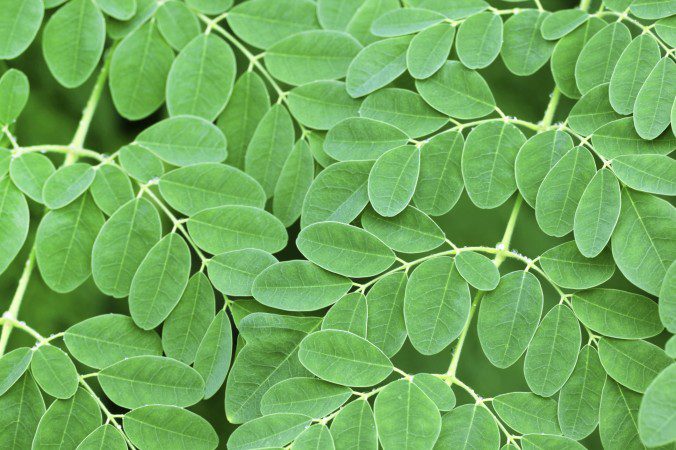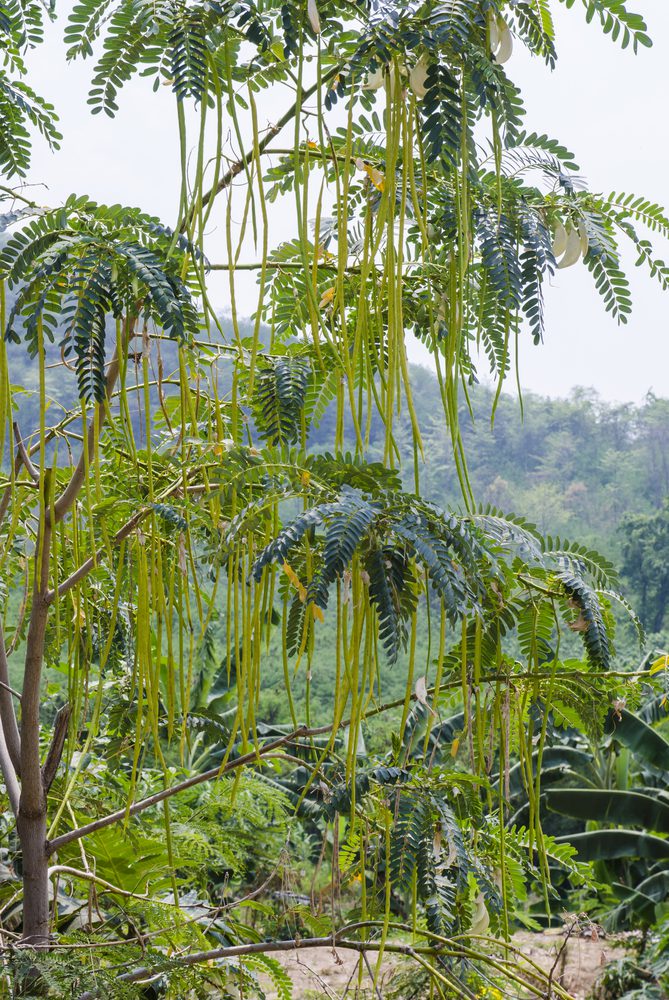The Incredible Moringa Tree – Epoch Times
It’s difficult to discuss moringa without feeling like you’re bragging. Some call it the miracle tree, and the number of gifts it offers makes clear why.
Ounce for ounce, moringa leaf has twice as much protein and calcium as milk, and similarly impressive amounts of beta carotene, vitamin C, potassium, iron and other beneficial nutrients. Moringa has also demonstrated some promise in treating or preventing hundreds of diseases.
There are several types of moringa that have been used for both food and medicine for at least 4,000 years. The variety that gets the most attention is moringa oleifera—a fast growing, draught tolerant tree native to India and Pakistan.
Today, this tree grows in some of the world’s most punishing climates, thriving in conditions that would kill off most other plant life. Some of its many names translate to, “the only thing that grows in the dry season,” and “never dies.”
Super Nutrition
The small, round leaves taste radishy with a spinach-like texture, and can be eaten fresh in a salad, or dried, powdered, and sprinkled on food like a condiment. Moringa has long pods that, when young, are eaten like fat green beans or okra. The seeds are eaten like peas or crushed into a nutritious oil. Even the flowers and roots are edible.
Only about a decade ago, moringa was virtually unknown to the world at large. Even many people living in the tropical and subtropical climates where it grows paid little attention to it. But researchers have been on a moringa kick lately, and it has prompted everyone else to take a closer look. The National Science Foundation and National Geographic Society are supporting moringa research, and it was recognized by the National Institutes of Health as the Botanical of the Year for 2007.
In the marketing language of the industrial world, Moringa is considered a superfood, but its potential is greater than the next health fad. International aid agencies have been promoting it as a strategy to combat malnutrition in impoverished countries.
Moringa offers high quality, locally sourced nourishment that’s easy to grow. It is used extensively by the Peace Corps, and poor nations in Asia, Latin America, and the Caribbean have all begun embracing it. Where meals largely consist of starch or grains, just a spoonful of added moringa powder can make a big nutritional difference.
Moringa’s high vitamin A content is probably its biggest selling point in this regard. An estimated 670,000 children a year die from vitamin A deficiency, and many believe that if poor communities grow and consume more moringa the death toll can be dramatically lowered.


